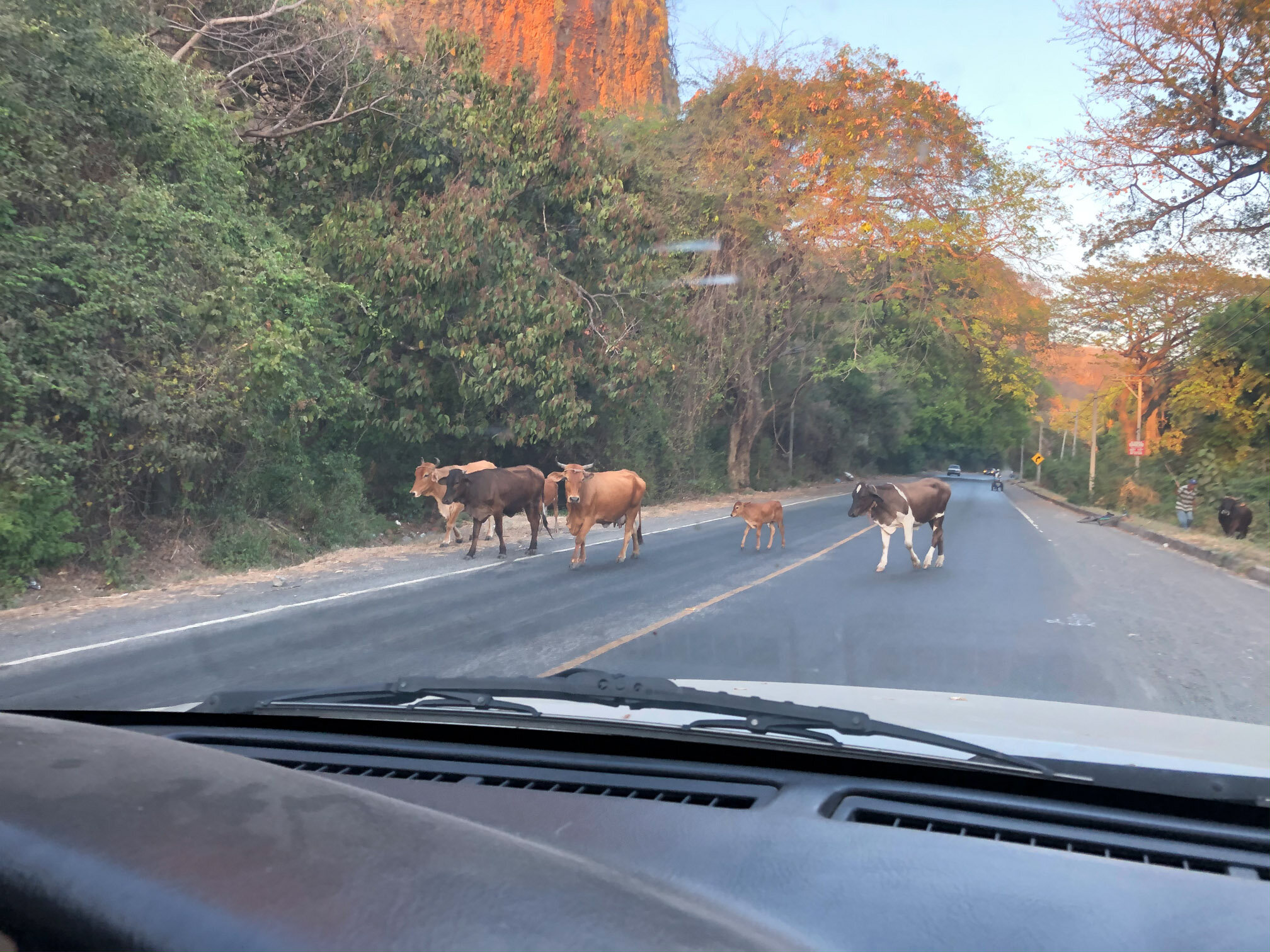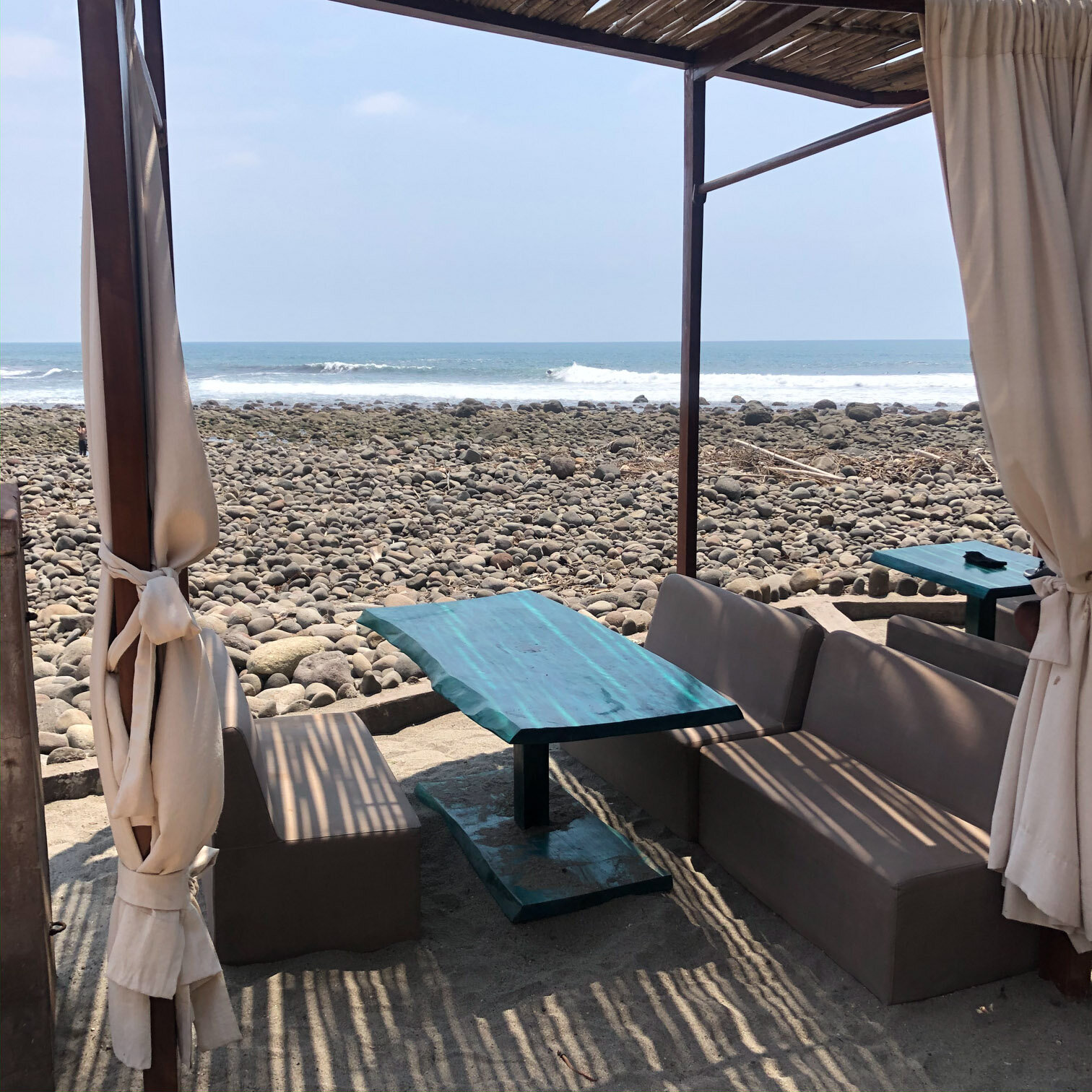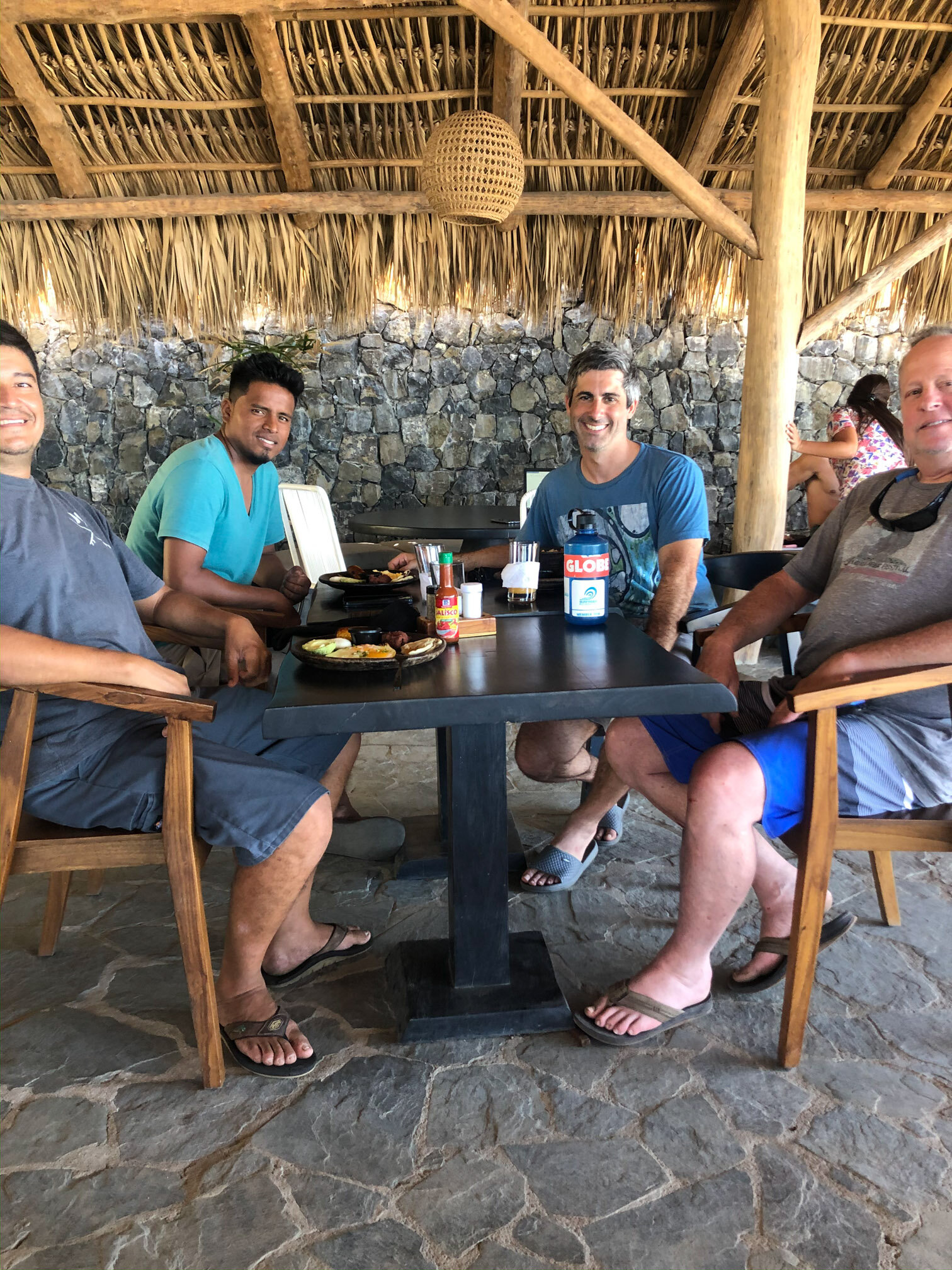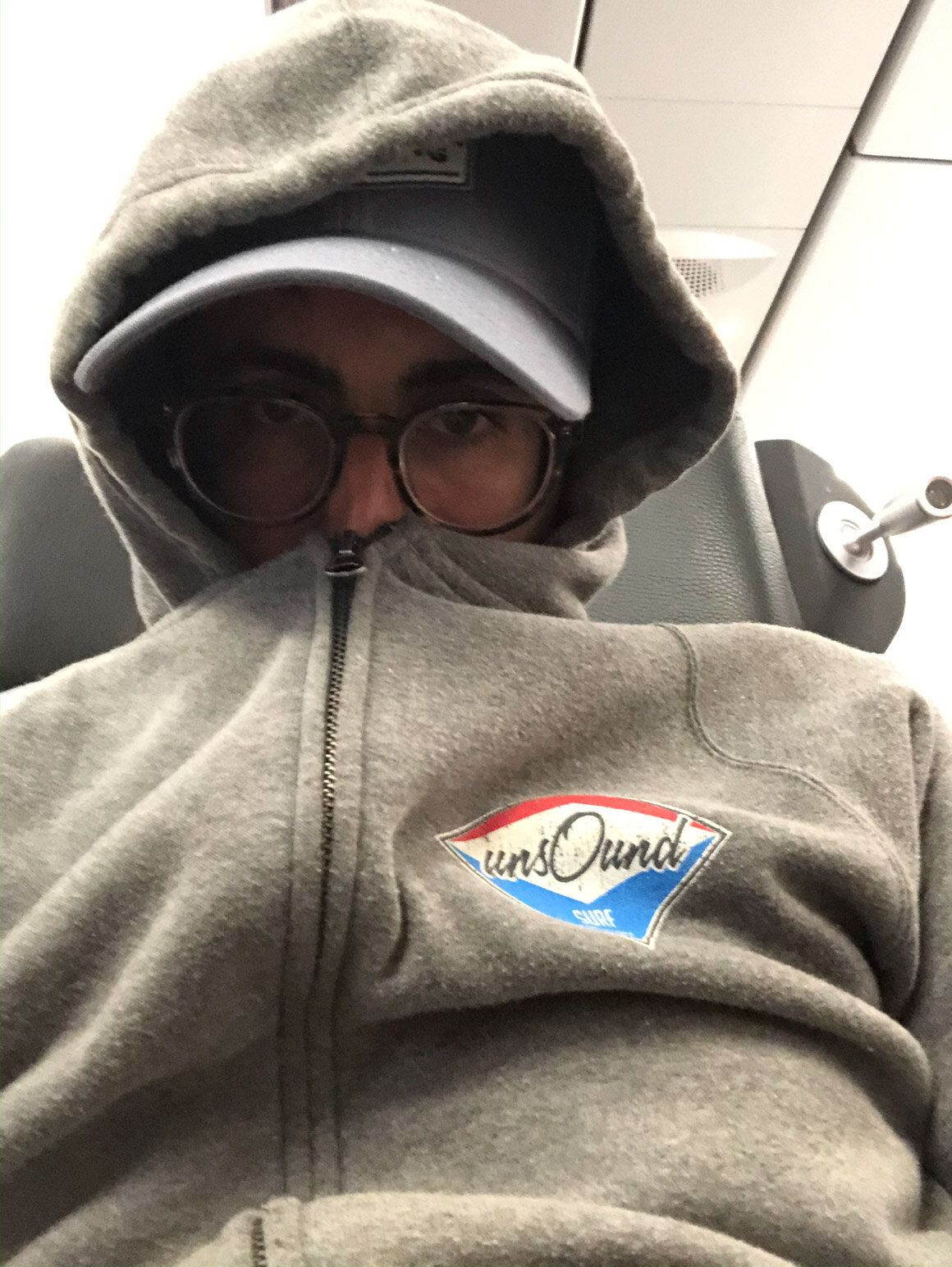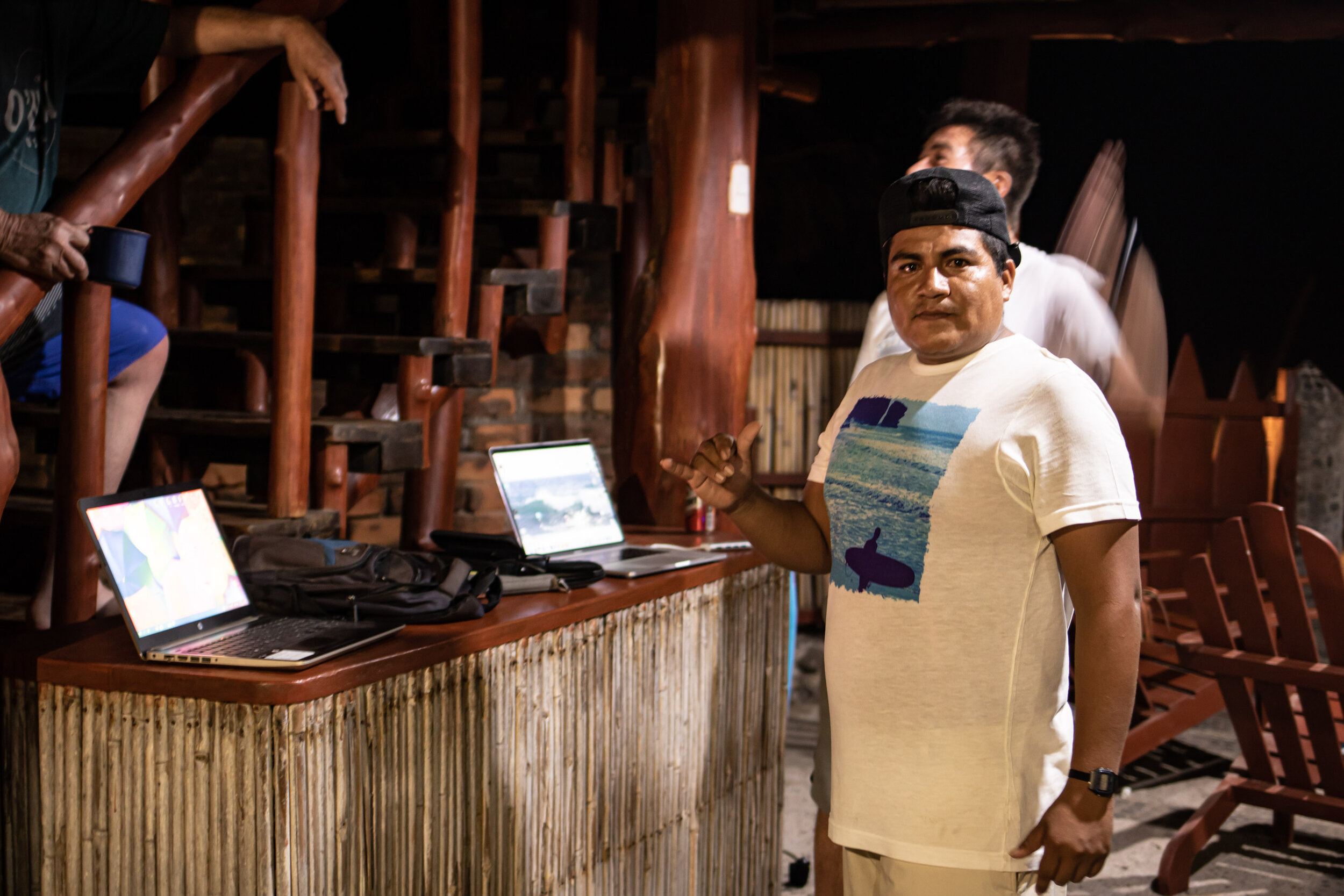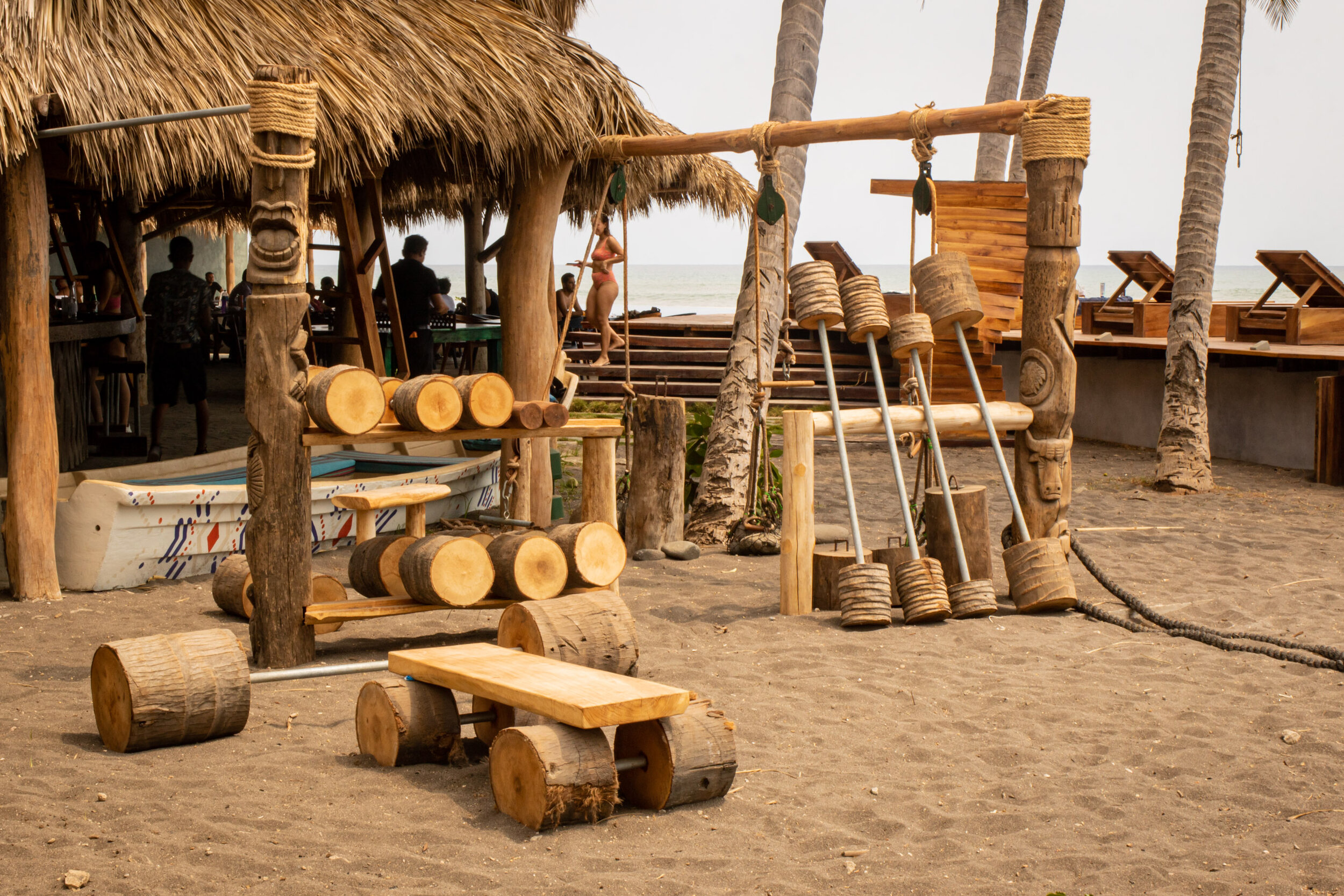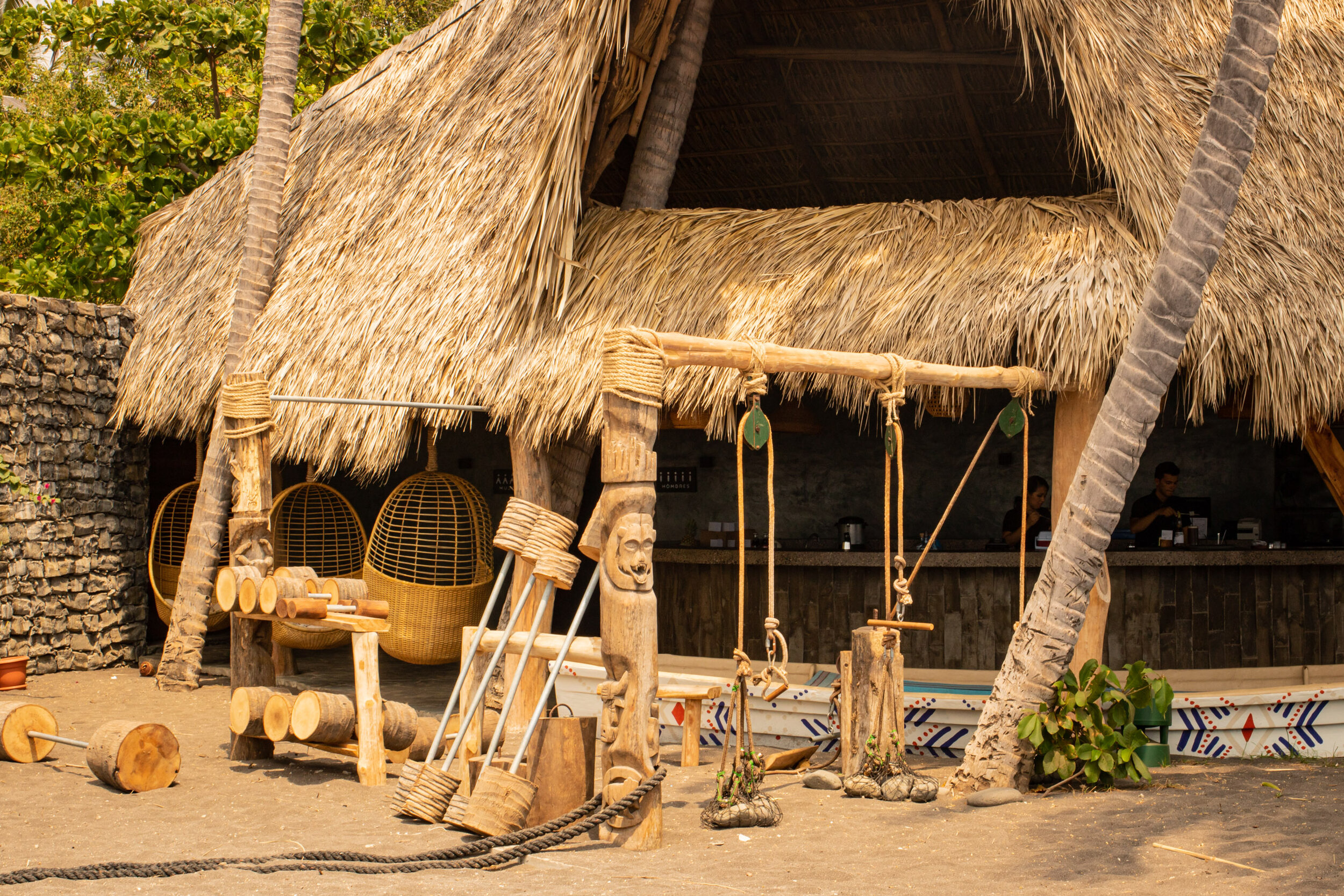Surfer's Guilt: A Tale of Cruising El Salvador During COVID-19
As a surfer, you accept a certain amount of guilt when great waves arrive at others’ expense—not minor inconveniences, but actual tragedies. Weather events such as a hurricane, large sea waves, even Super Tides deal devastation to human life and property.
The Menace-Du-Jour this time was Covid-19, the Coronavirus. It was early March and little was known about the virus still. Iran and Italy gained cases rapidly and travel bans were initiated. Our government had yet to shutdown restaurants and other business. The effectiveness of masks was in debate—but I’d brought one along with gloves and hand sanitizer.
I’d planned my El Salvador trip months in advance. And since my flight times were early in the morning, I wasn’t too worried. But as my trip unfolded, we began to receive news as the virus got worse in the United States, especially New York City where I live.
Some surf.


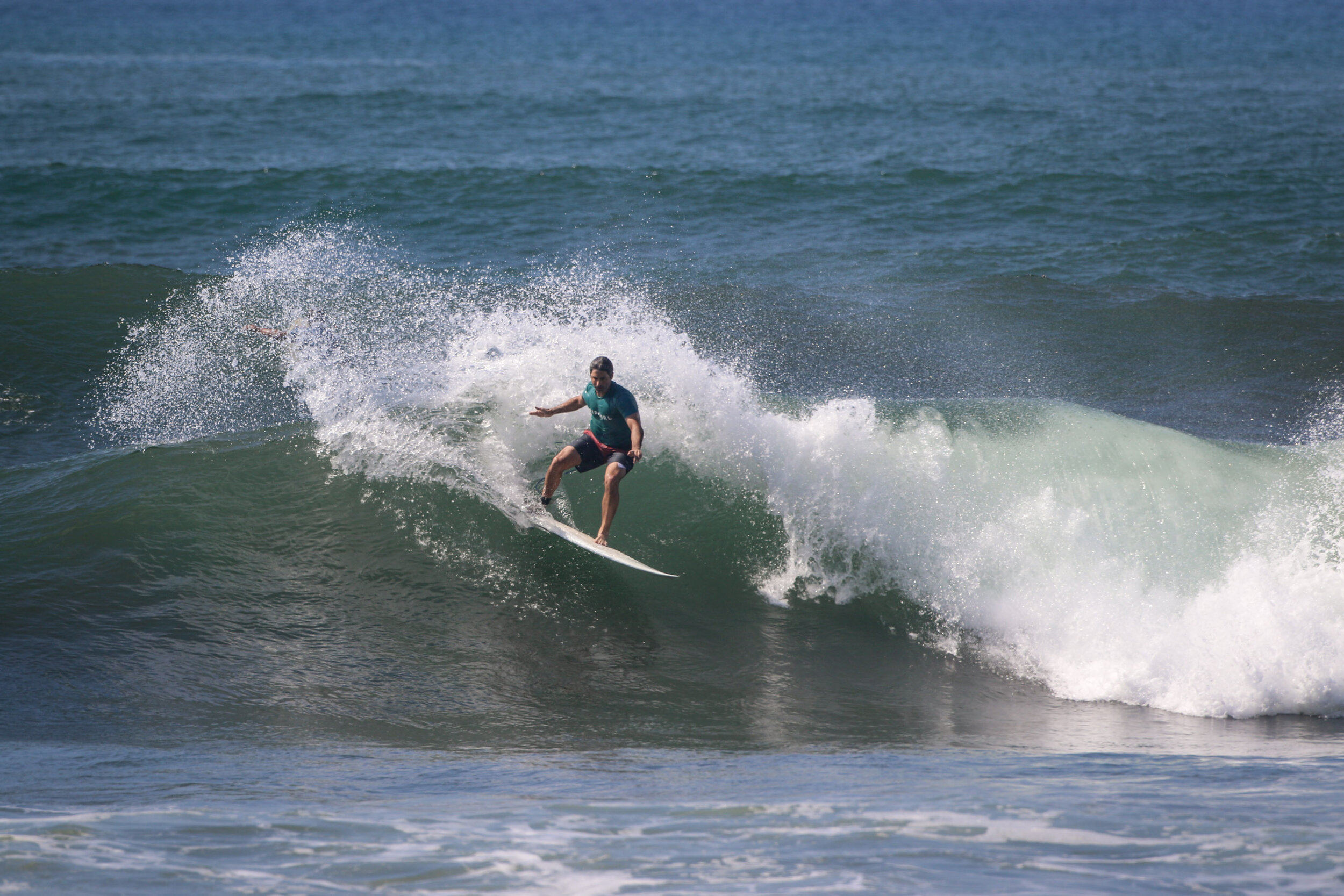



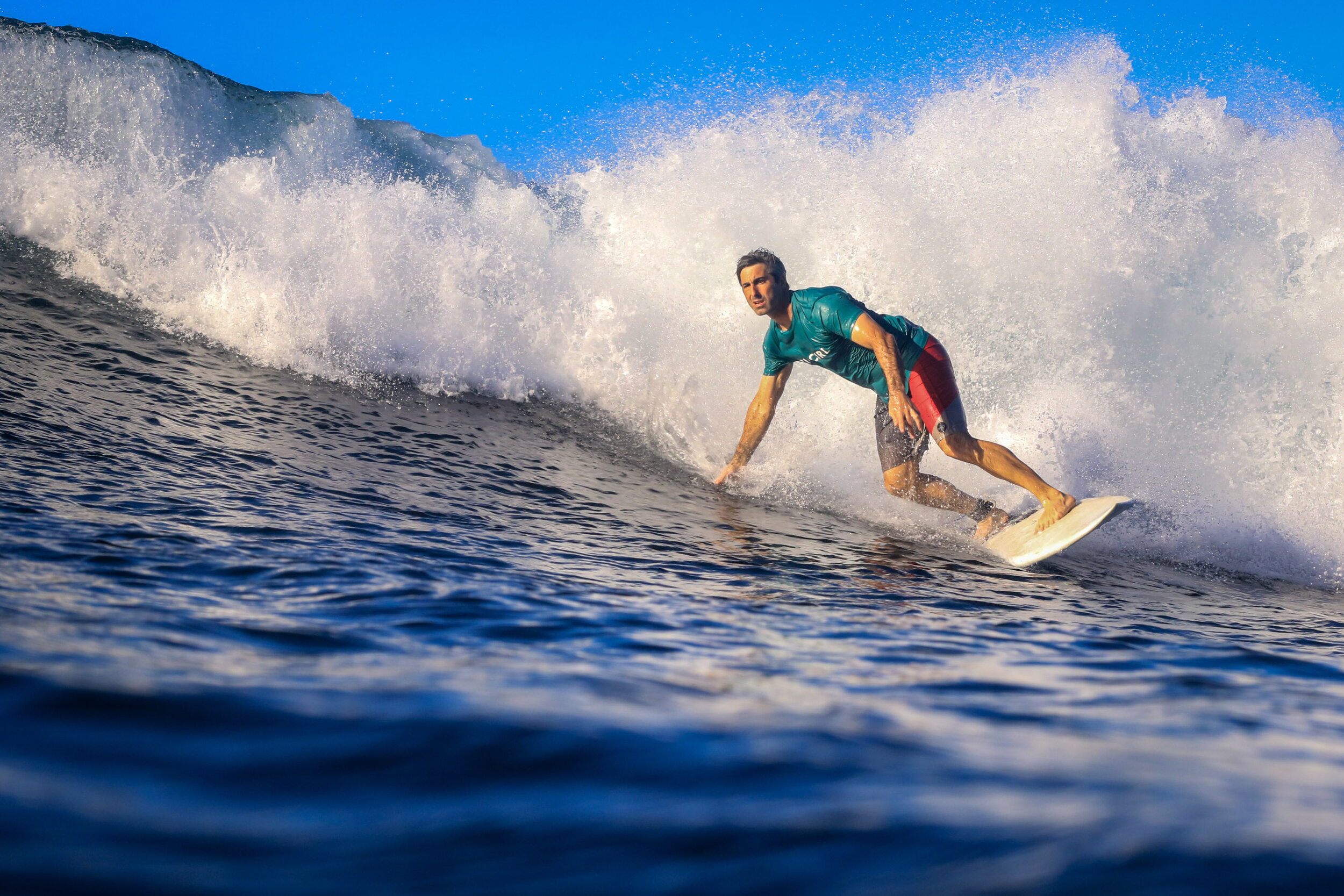
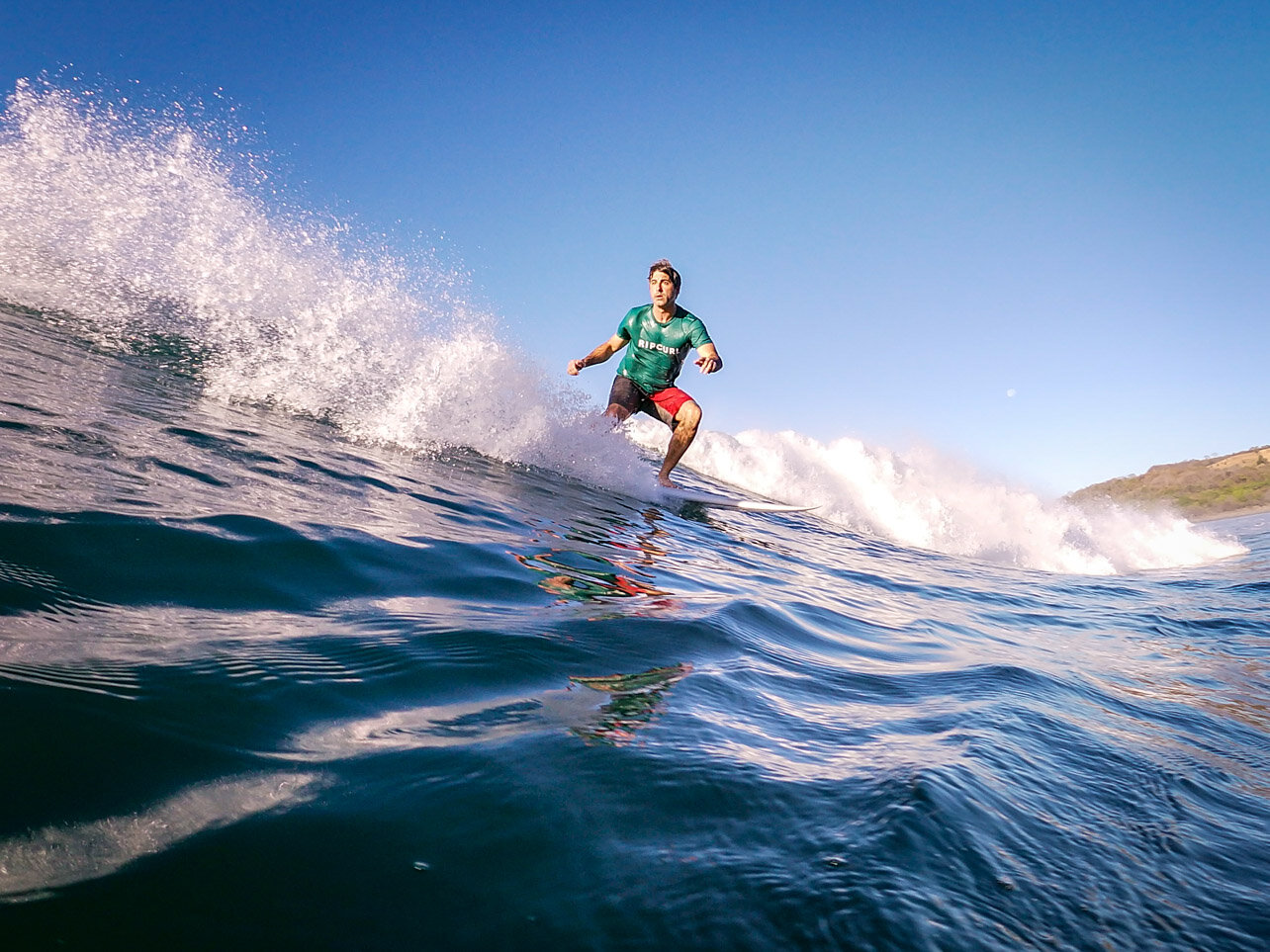
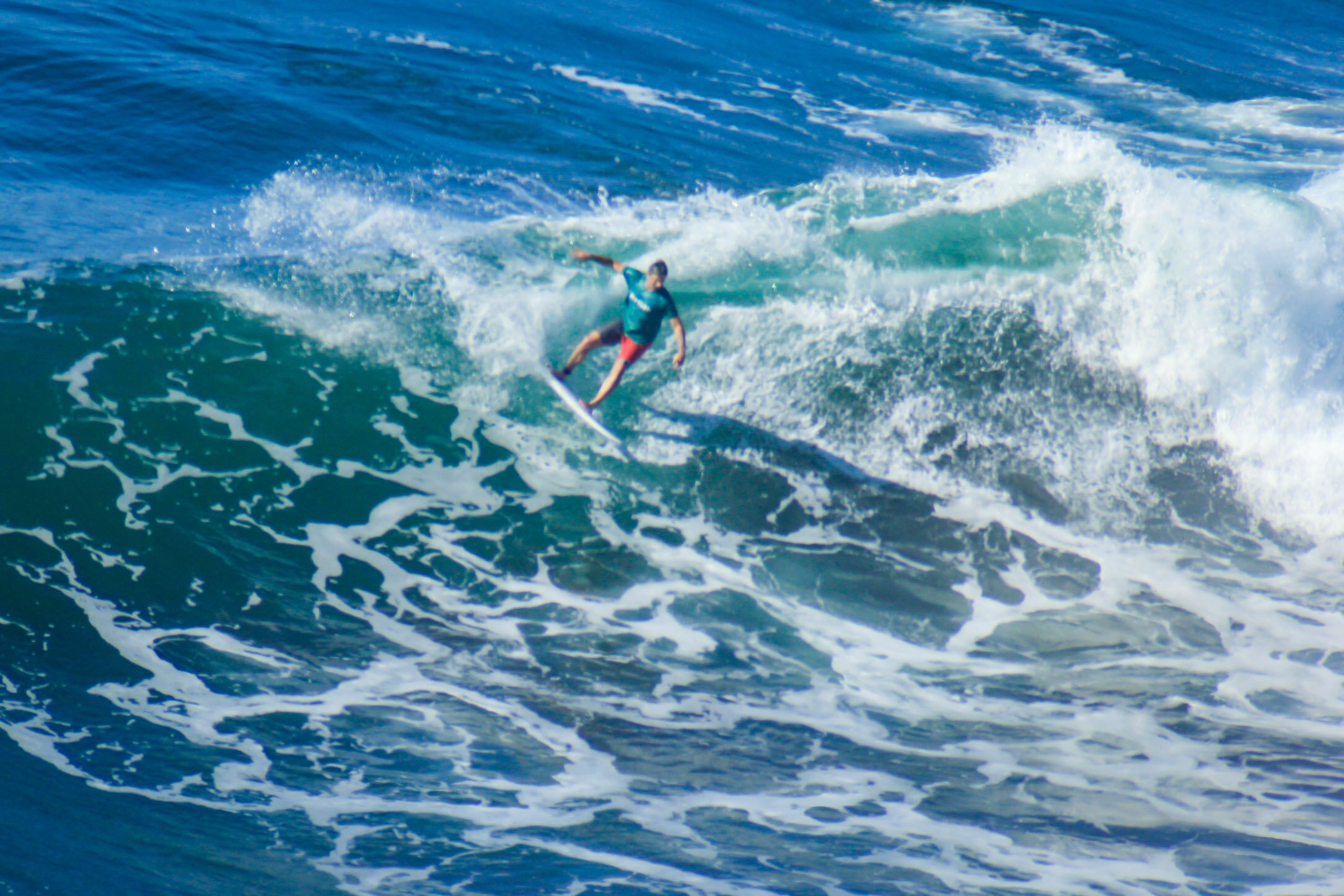
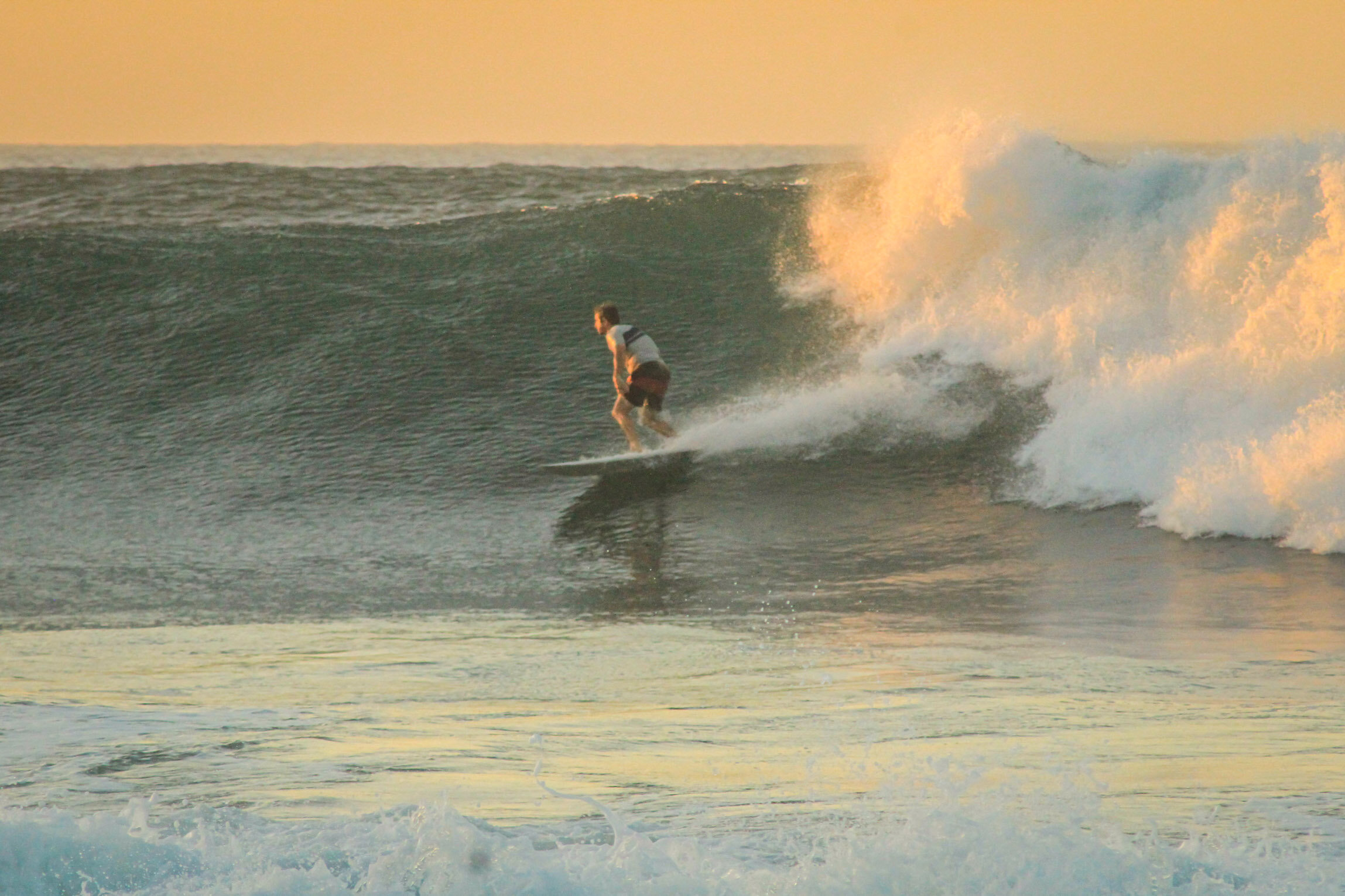


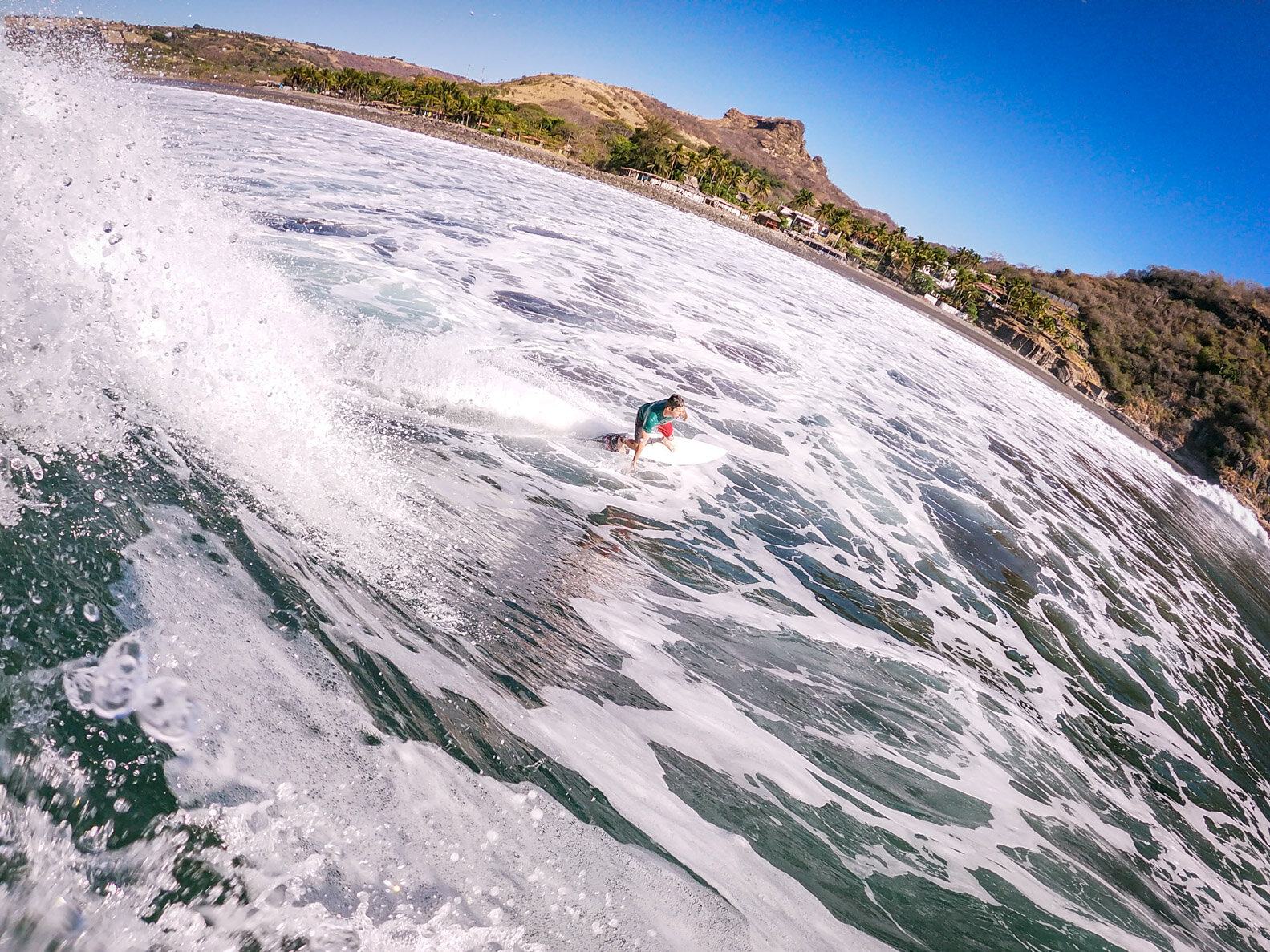
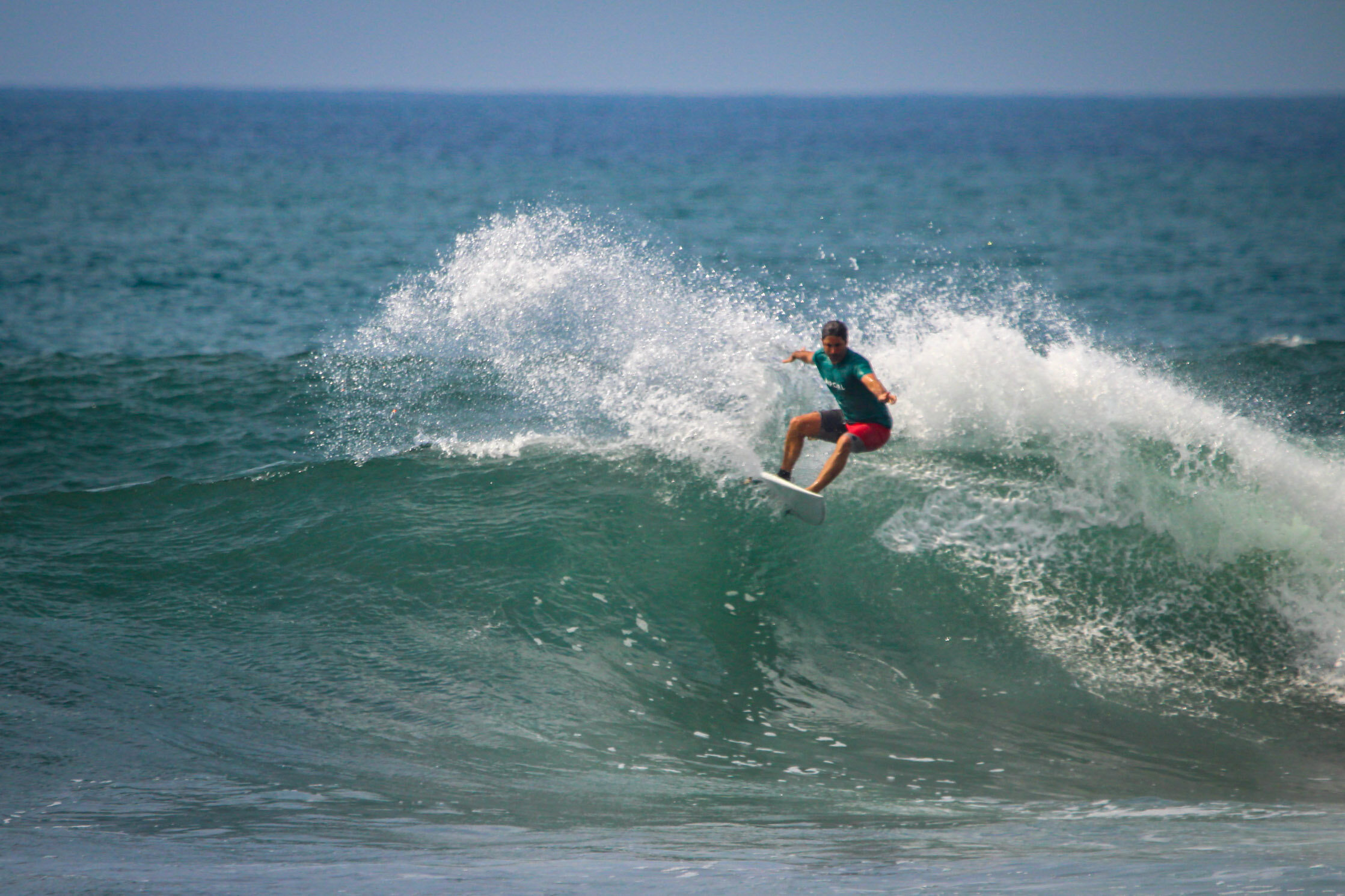
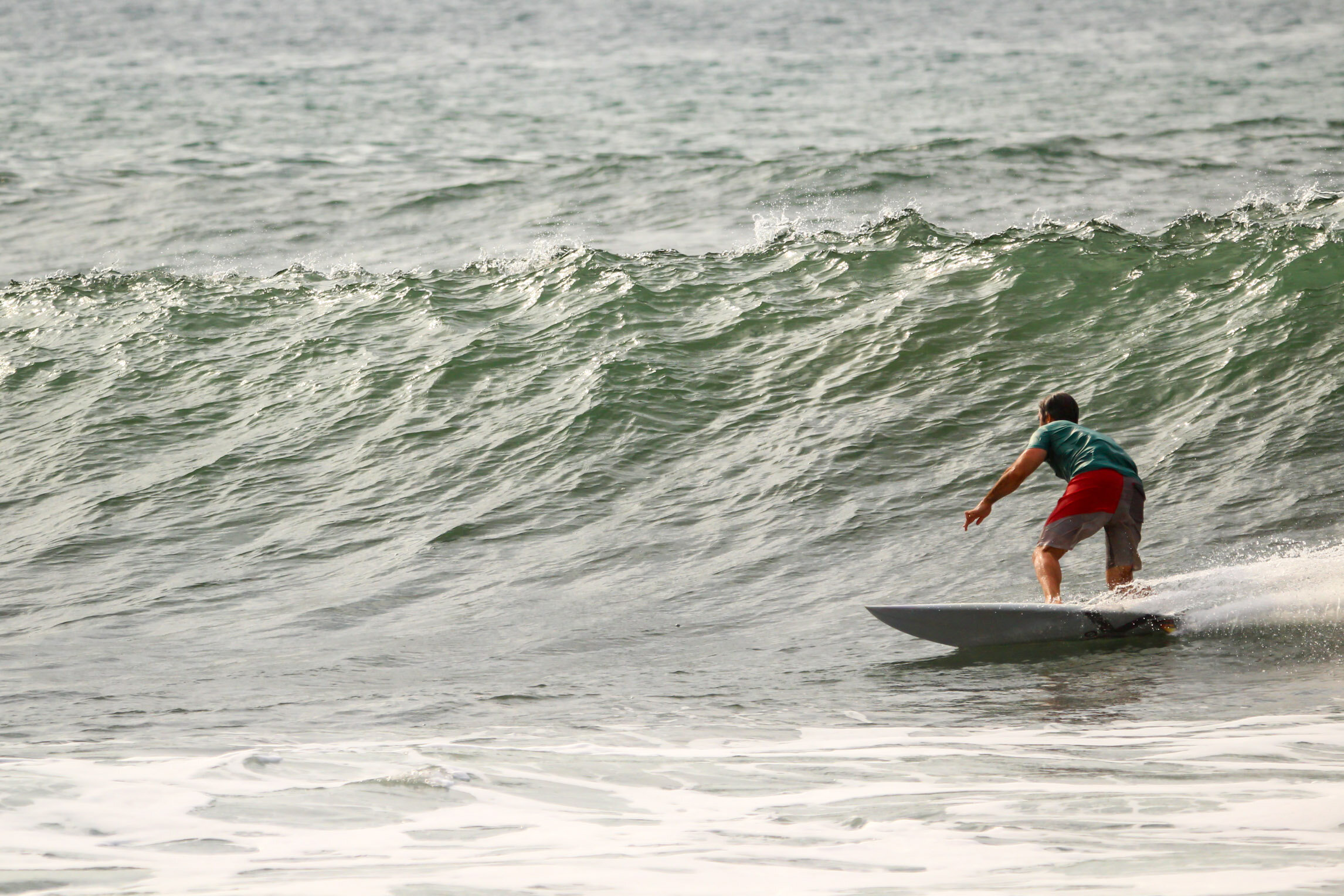
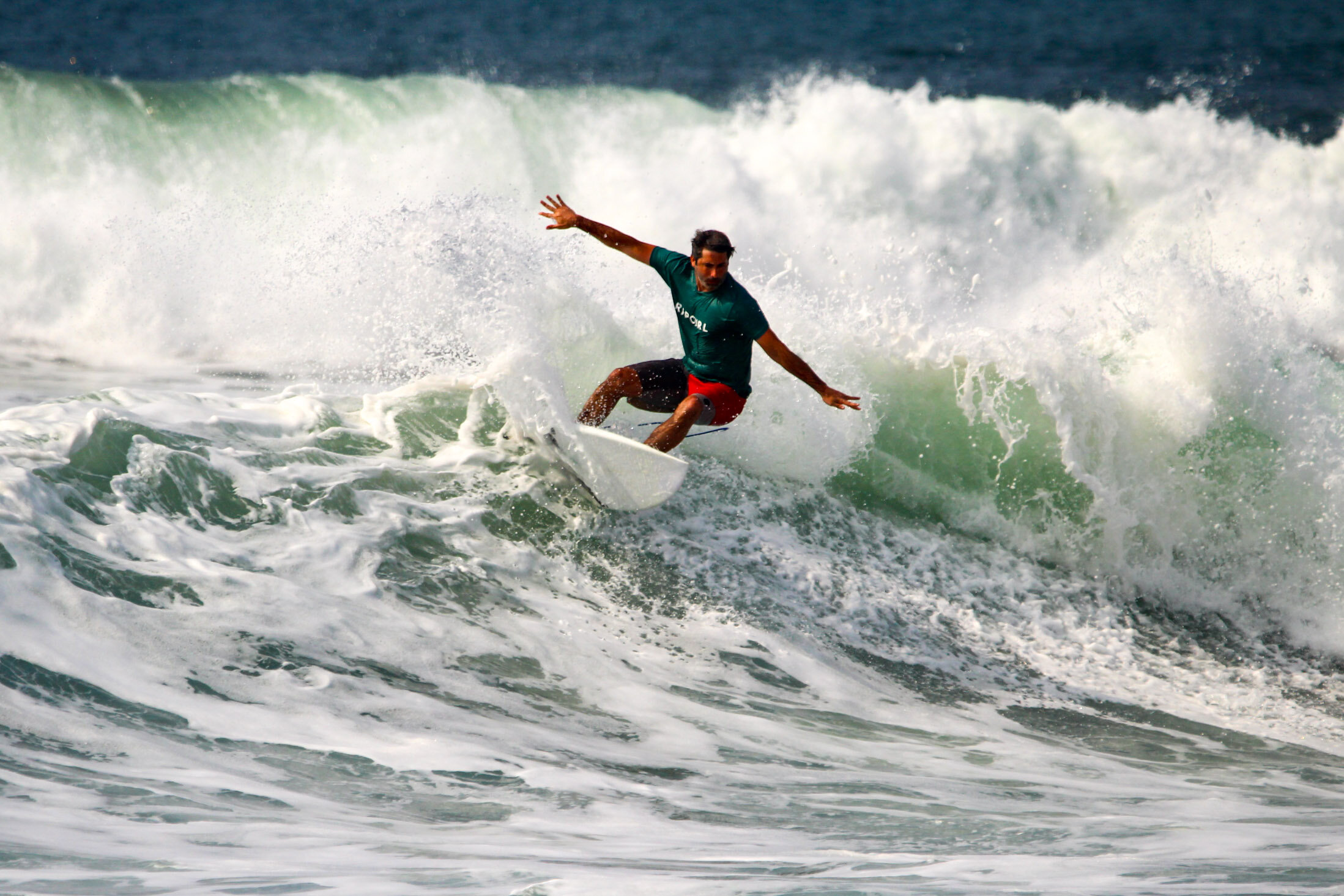
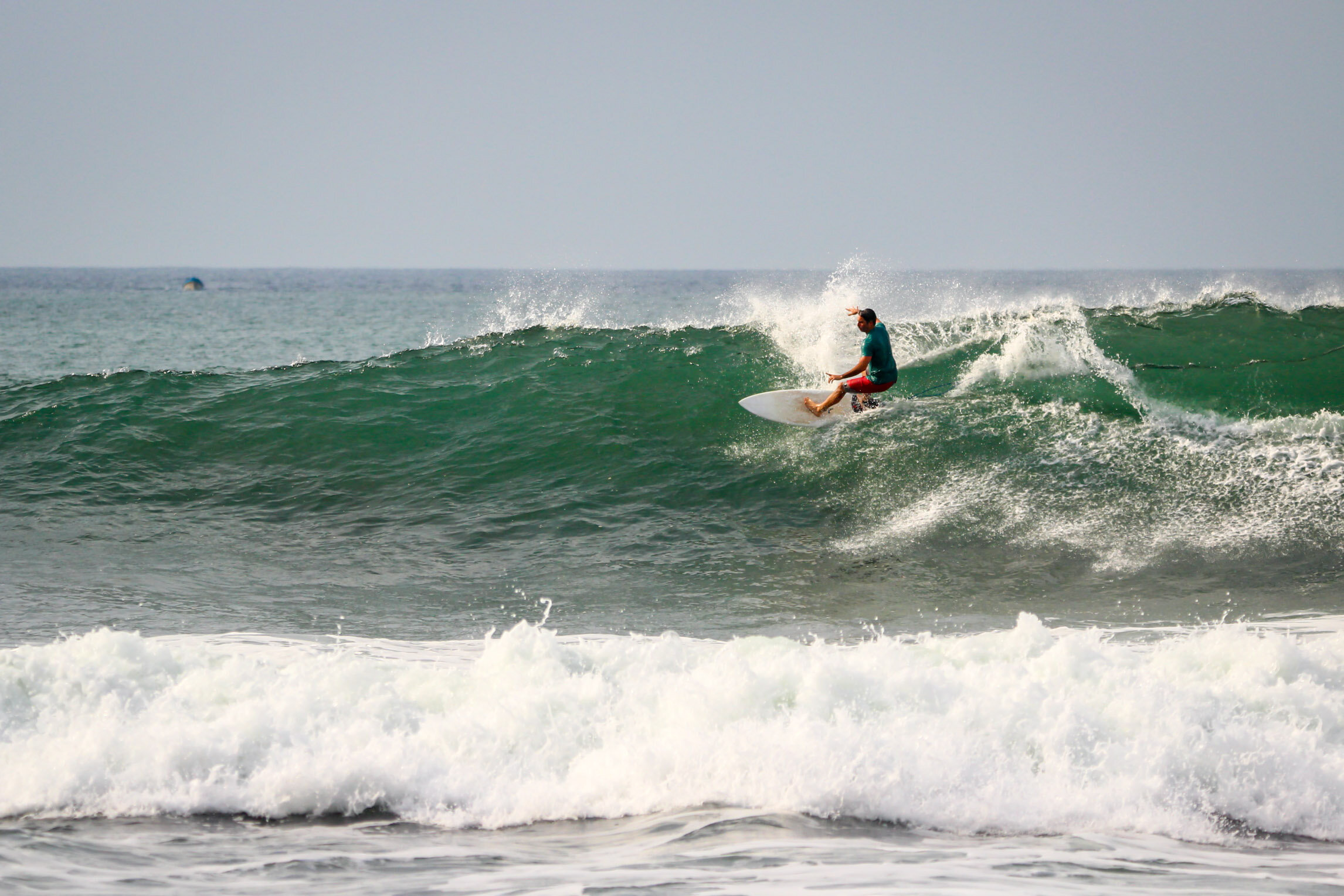
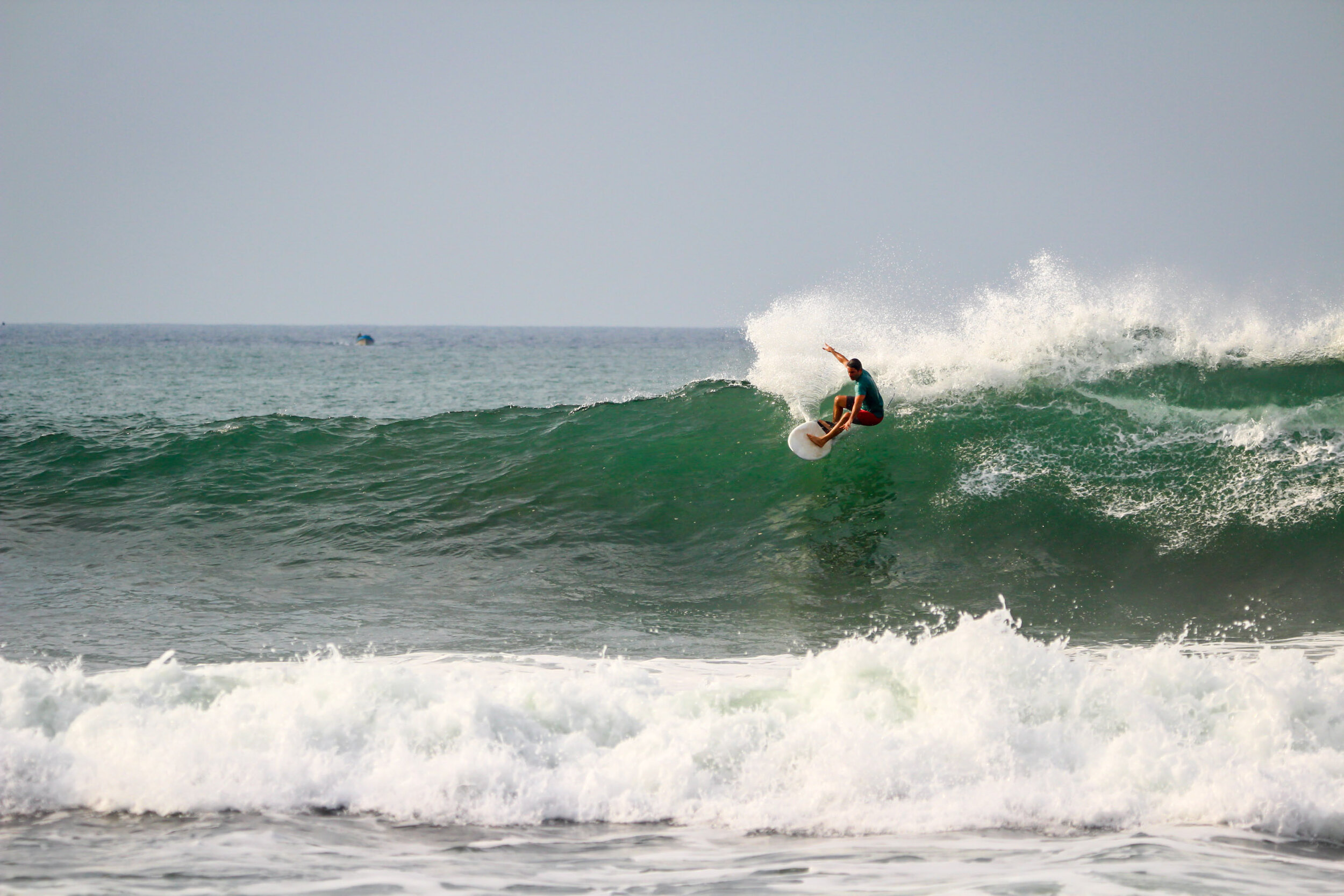
I rolled the dice on my surf getaway because I was traveling with my mother. We don’t get many chances to visit remote places and I wanted to show her one my favorite countries that I’ve visited over a dozen times.
The news that changed everything was a travel ban by the El Salvador National Government. All non-nationals were forbidden from entering the country—measure was to protect El Salvador since it still had zero cases of Coronavirus still.
What that meant was that no more tourists could show up. I’d have several days of empty waves—a golden opportunity to surf premier, uncrowded point breaks. The euphoria outweighed the guilt, at least in that moment.
Some lifestyle.
Unfortunately, times are tough and getting worse for my friends who run the surf camps, Edgard, Tony and their families. They will miss an entire tourist season. And instead of sold-out bookings, their accommodations remain empty. The villages rely heavily on eco-travelers and surfers and they will suffer greatly.
Here’s more context on the surf economy that exists in El Salvador. The 2020 Olympic Trials for Surfing were to be held in El Salvador in May. The competition site is a surf break called Sunzal near El Tunco. Every single hotel in the area is was booked by pro surfers, including Kelly Slater and Italo Ferreira, as well as other surfers traveling with their families from around the world. That’s a huge loss of income.
And that’s why it’s hard to be a surfer. The therapy you receive comes at a high cost to others. You’re a fool if you’re unaware—or just selfish.
It’s with a heavy heart that I share my experiences. Many of my friends will suffer. Yet, I had a blast. I got a ton of practice on my power surfing turns and tried not to kook out too much.
When this pest of a virus passes, I highly recommend visiting your favorite camps in El Salvador, Nicaragua, Costs Rica and Panama for surf therapy. The local staff is waiting and eager to resurrect your soul after this stupid pandemic. Go find those visions that your surfing dreams are made of. It’s worth every ounce of effort—for your physical and mental well being.
March Swell Attributes
3.8 ft @ 14s
Swell Angle SSW (204 Degrees)
Offshore Morning and Often Glassy
March Pros
No Mosquitos
Consistent South Swell
Sand on the beaches
March Cons
Shorter rides at certain breaks due to sand and swell angle
Onshore afternoon wind flows
Dusty and dry. Low tourist season














